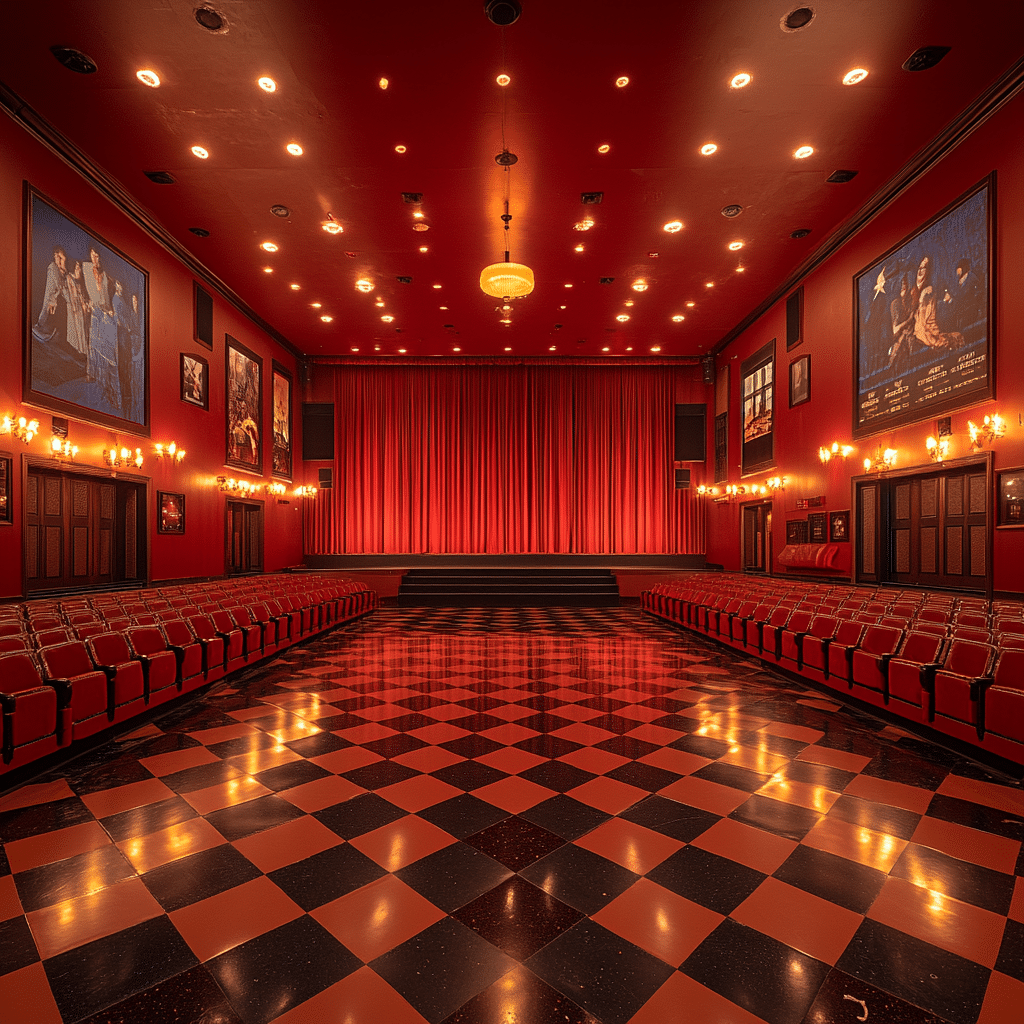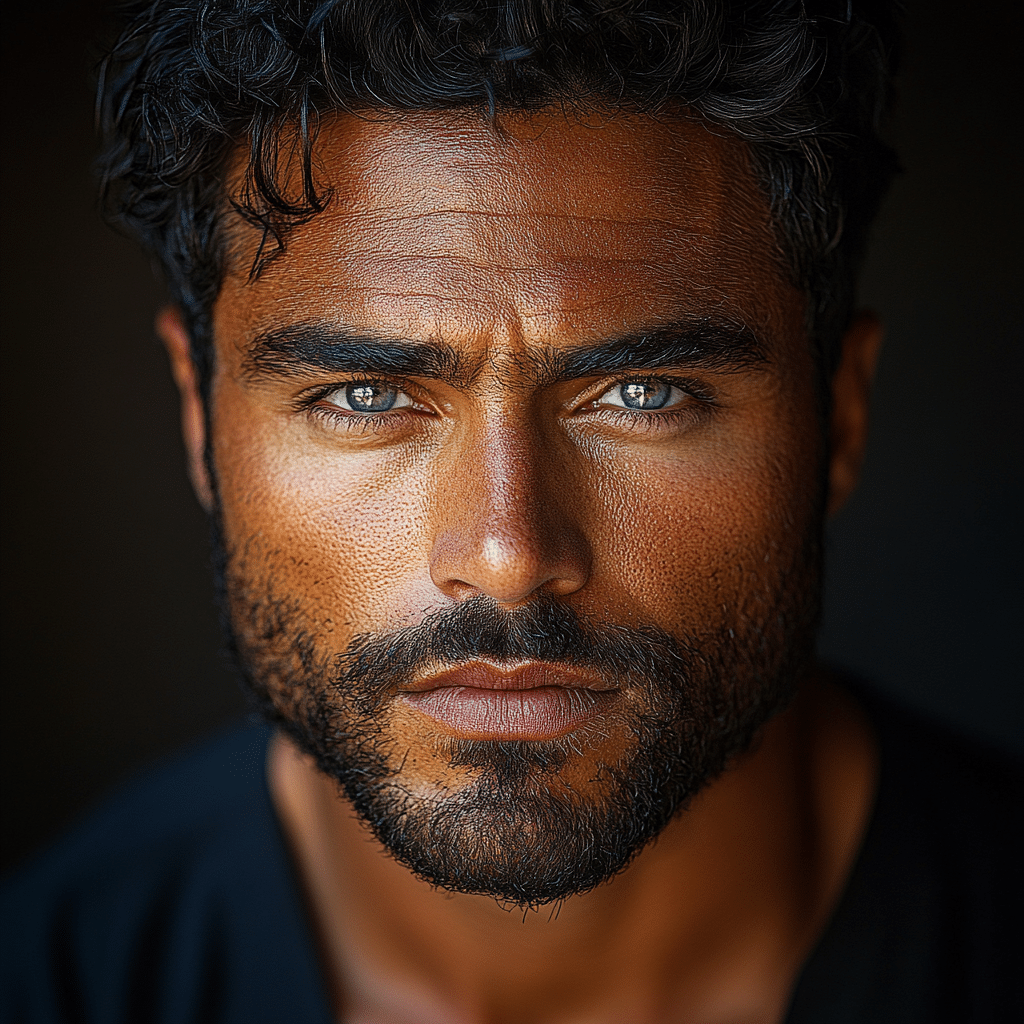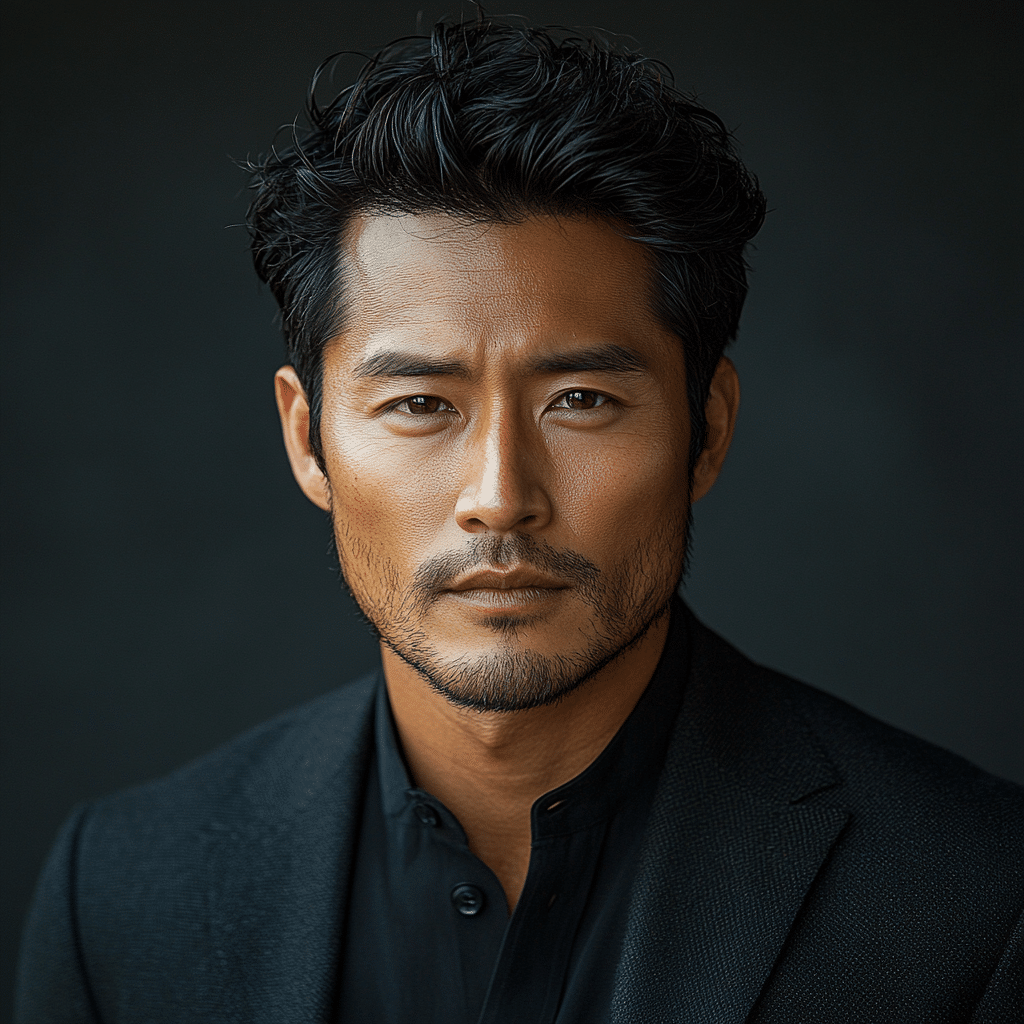The Maltese Falcon is often considered the earliest example of film noir, a genre whose name meant literally “dark film,” that thrived in popularity after World War II. The boundaries between good and evil were more obscure following the Cold War, something this film anticipated. The novel it was based on was published during the Great Depression, another age of anxiety. Consequently, the film has no noble heroes, while the villains are corrupt and greedy but hardly have motives that could be defined as evil. Instead, they are consumed by the same greed as Sam Spade.
Huston believed that the way in which his shots were framed could immediately establish character relationships, whether they are shot from a high or low angle, or in medium or close-up shots, whereas in the early 1930s many scenes were filmed with a standard tripod, without the use of heavy panning or tracking – something that Huston’s film would change, along with Citizen Kane released the same year.
Most amateur cinematographer often cares about little more than a steady shot and a bright exposure that will give the audience all the information they need at a glance. By the same token, there is a great deal to be said for a simplistic shot that manages to stay uncluttered and expresses a single thought, giving us all we need to know. Another trick employed by Huston, who storyboarded the entire film before shooting, along with his cinematographer Arthur Edeson, is to use shots to not so much reveal to us what we need to know, but often to hide from us important information as well, that we do not see until it is too late.
Consider the second scene of the film, between Bush Street and Chadwick, when Archer is on a stakeout, the assignment passed down on them by Shaughnessy. We are only given enough lighting to see the street signs and know where he is. We can only make out his feet walking down a dark alleyway, then Archer, covered in a dark overcoat, wandering towards us in the darkness. All of a sudden, a gun is pointed towards him, appearing in front of him, from the right of the screen, an assailant that the camera concealed completely until the last second, one whose identity is not revealed. In a flash of gunfire, he is quickly taken down, tumbling into the grimy water front.
Another example of the tight angle is seen immediately after this scene. Although it is known from the beginning of the film that Spade does not like Archer, we instantly get the impression of his indifference to Archer’s death in the scene that consists of little else than a tight shot of just the telephone ringing in Spade’s office the next morning. Spade grabs the phone, but the camera does not follow him. Instead it stays fixed on the phone and the billowing curtains of the office. The billowing curtains suggest an impending crisis.
This angle conceals Sam’s facial expressions, but from the way he sounds so calm and collected, we begin to suspect he is unaffected, as he listens patiently to the police on the other end of the line, who are largely useless in providing details about Spade’s partner’s death. Even Spade seems too quiet and distant, and without seeing his face, it is not unreasonable to assume that he had a part to play in Archer’s murder. There is another clue which may point to Sam, as a hard shadow falls down on the office through the window, revealing the sign “SPADE & ARCHER,” on the floor, suggesting either guilt he may be feeling over the loss of his partner, or the reminder of a longtime rivalry.
A great deal of emphasis is placed on space throughout the film and its shots. There are intrusive shots of the obese thug Gutman, who blocks Spade’s entry way constantly throughout the film, soliciting his submission in his plans to recover the stolen falcon. There are also tight shots of Spade and Shaughnessy, as she constantly uses melodramatics and pretends to be frightened while pushing Spade closer to harm’s way, and he scrutinizes her, quickly catching on that she is lying. Close-ups of her face make her deceitful performance less convincing to both the audience and to Sam. By the end of the film, when she is exposed as the murderer of Archer, one of the last shots of the film is her in the elevator, whose doors close over her like a prison gate, as she is removed from Sam’s office for good by the police. By its close examination of space, the camera seems to act as a detective of sorts, magnifying the pieces of evidence for the audience.
















